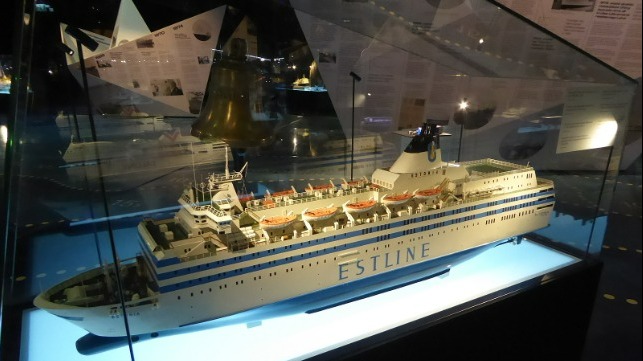Investigative Expedition Seeks Evidence at MS Estonia Wreck Site

Relatives of the Estonia ferry disaster have organized a privately-funded expedition to look for clues into one of the maritime industry's deadliest peacetime tragedies.
Over the weekend, 46 people set off from the Dutch port of Eemshaven on board research vessel Sentinel, headed for the wreck site off the Finnish island of Uto. “We have been preparing for the expedition for three months now and we remain optimistic. Our goal is to map all the damage suffered by the vessel, photograph and scan instances of such damage, as well as investigate the car deck and the surroundings of the wreck site,” said Margus Kurm, manager of the SA Mare Liberum, an initiative founded by relatives of the wreck victims.
The Estonia is among the most controversial marine casualties in recent history. On the night of September 27, 1994, the ro/pax ferry got under way from Tallinn to Stockholm on a scheduled run. The weather was rough, with winds of up to 40 knots and waves of up to 20 feet.
At about 0055 hours the next morning, passengers heard a loud bang. 15 minutes later, the vessel's bow visor came loose, leading to flooding on her vehicle decks. She rapidly listed to starboard, reaching 60 degrees over the course of the next 15 minutes. It was not possible to launch her lifeboats due to the heavy list, and passengers on the boat deck began to abandon ship into the water. At 0150, less than an hour after the first signs of trouble, she slipped below.
Hundreds of people managed to abandon ship, but they had to contend with heavy waves and deadly temperatures until rescuers arrived. Despite the efforts of nearby vessels and multiple rescue helicopters, only 137 out of the 989 people on board Estonia survived.
“Although during these decades numerous different investigations have been carried out, they have not been able to give the survivors and close relatives of the deceased exhaustive answers regarding the reason why Estonia perished,” said Kurm.
During the expedition, divers plan to conduct underwater research in order to investigate the shipwreck on the sea bottom. All evidence will be analyzed by Dr Andrzej Jasionowski, a forensic naval architect specializing in damaged vessel hydrodynamics and simulation.
The expedition is privately funded from donations at a cost of $930,000. The research vessel has been chartered from the German company RS Offshore, and comes equipped with four underwater robots.
Last year, a private expedition organized by documentary filmmakers Henrik Evertsson and Linus Andersson found what appeared to be a 12-foot hole in Estonia's hull - an element that was not discussed in the official accident investigation. In response, Swedish authorities charged them with violating a 1995 treaty that protects the Estonia site from disturbance; in February 2021, a court in Gothenburg dismissed the charges.
Top Image: Model of MS Estonia (Leif Jørgensen / CC BY-SA 4.0)
